100 Years of the Rolls-Royce Phantom: A Deep Dive
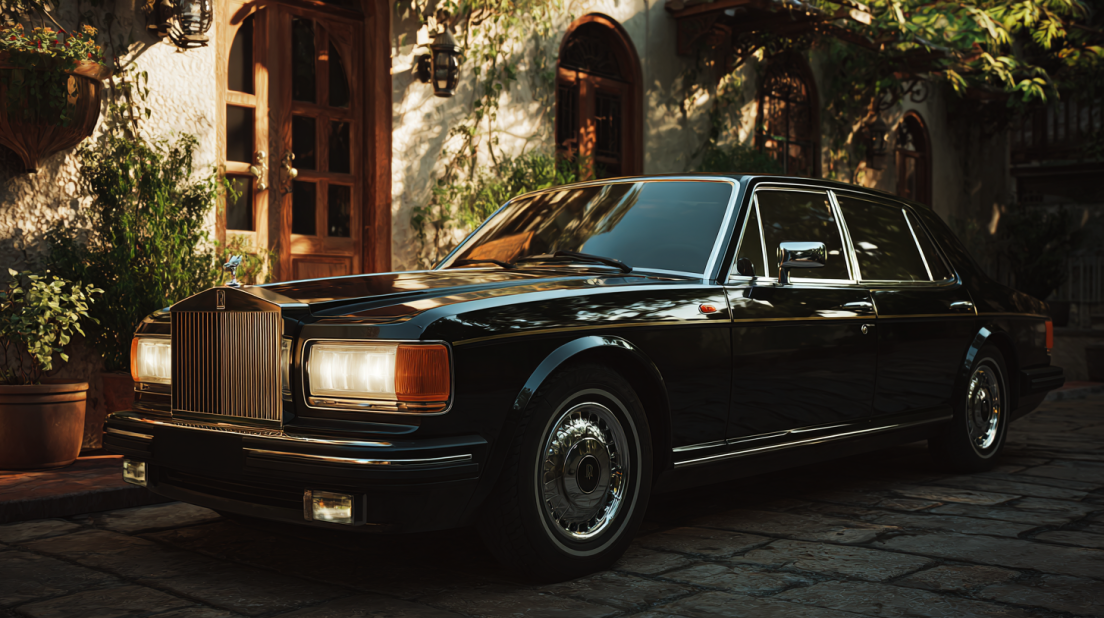
The Phantom first appeared in 1925 as the successor to the Silver Ghost. At the time, it wasn’t seen as a revolution, but over the years, it built a reputation for unmatched craftsmanship and presence. One hundred years later, the Phantom remains a symbol of luxury and status, with eight generations telling the story of changing eras in design and engineering.
In this edition of Under the Hood, let’s take a closer look at the Rolls-Royce Phantom – a model that has shaped the brand’s identity for a full century.
Phantom I (1925–1931)
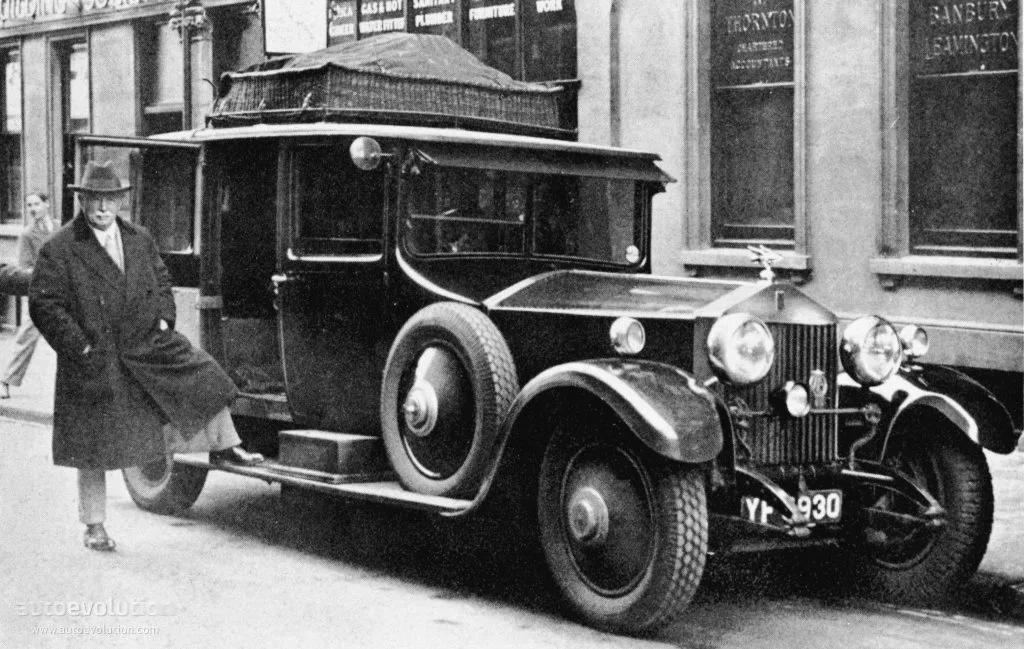
The Rolls-Royce Phantom I. Provided by Auto Evolution.
The first Phantom wasn’t sold as a finished car. Buyers received the chassis and then went to a coachbuilder, often names like Hooper, Barker, or Mulliner, to have the body shaped to their taste. This meant no two cars looked alike. In truth, that individuality was part of the appeal, even though it made the cars expensive and time-consuming to complete.
Phantom II & III (1929–1939)
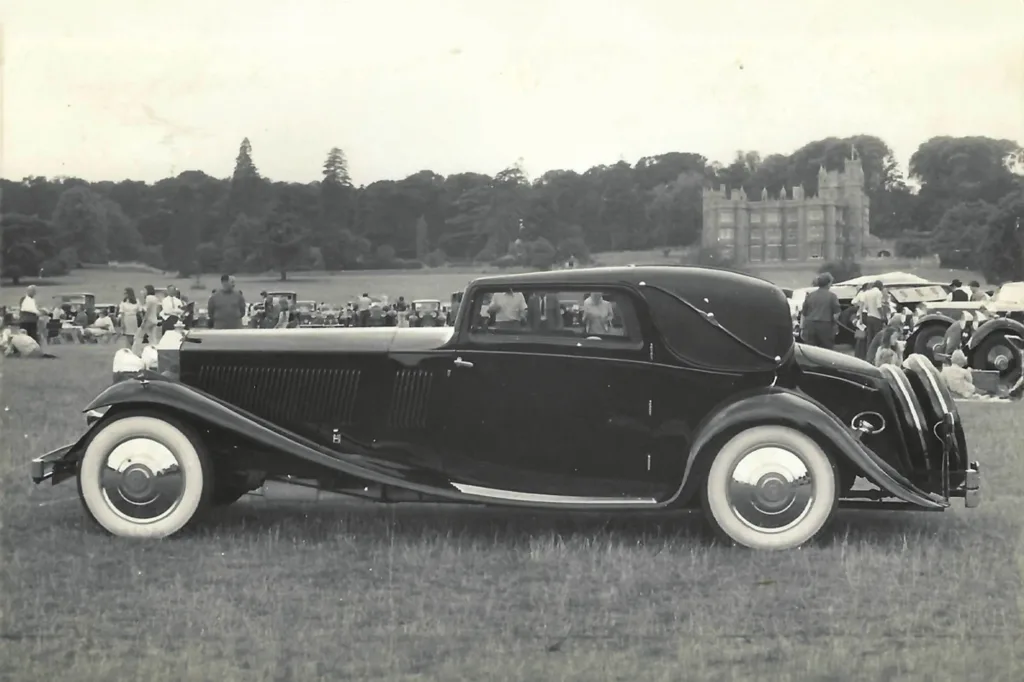
The Rolls-Royce Phantom II. Provided by Frank Dale.
The Phantom II arrived just before the Depression years. It handled better than the first and was often described as more “usable” for long trips. The Phantom III, a few years later, introduced a V12. Technically impressive, yes, but also demanding in terms of upkeep. Wealthy owners were willing to put up with it. These cars often turned up in official convoys, projecting stability when the world around them was anything but.
Phantom IV (1950–1956)
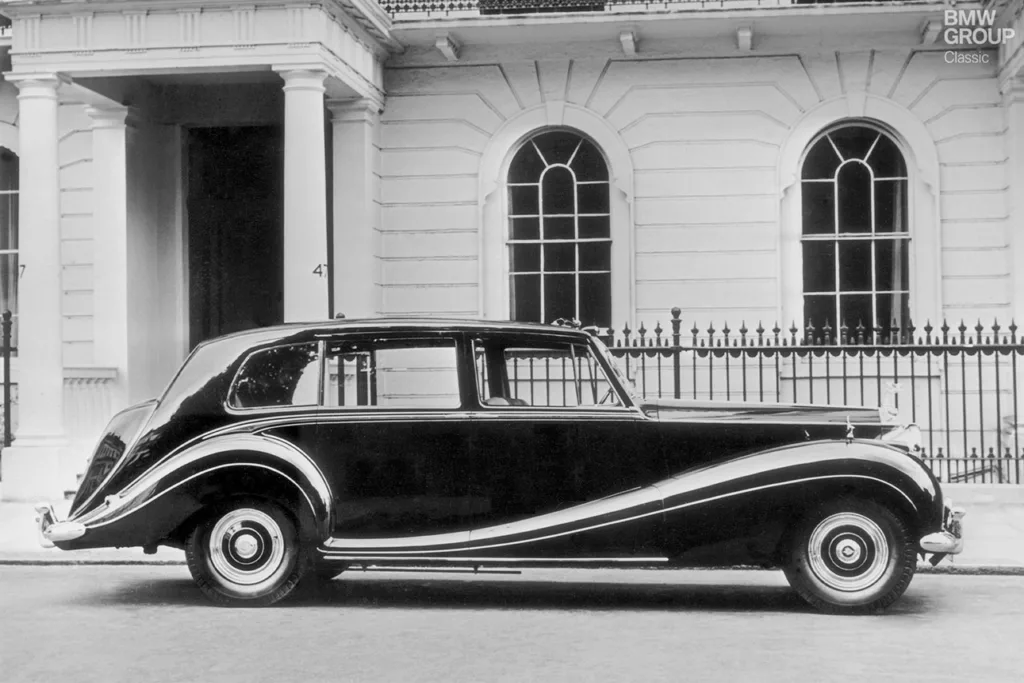
The Rolls-Royce Phantom IV. Provided by BMW Group.
Eighteen cars. That’s all. Built strictly for royalty and heads of state. The British royal family received several, while others went to rulers in Spain and the Middle East. For collectors now, the Phantom IV sits somewhere between automobile and artifact.
Phantom V & VI (1959–1991)
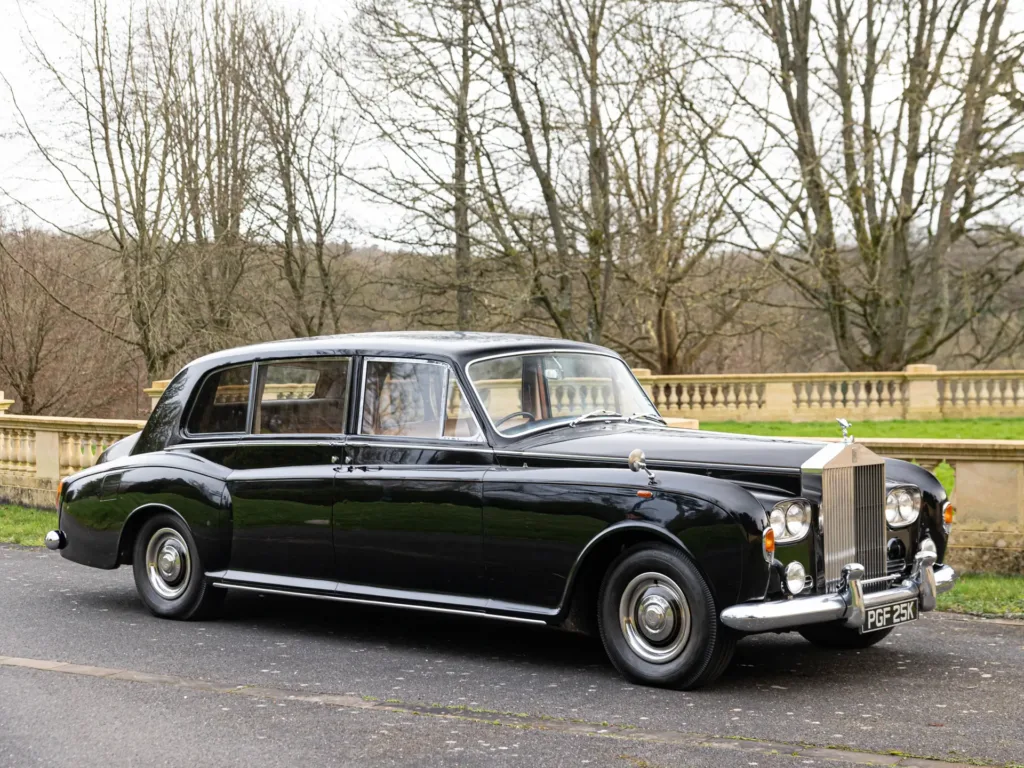
The Rolls-Royce Phantom VI. Provided by RM SOTHEBY’S.
By the late ’50s, the Phantom had grown larger and more ceremonial. These were the long-wheelbase cars of diplomats, presidents, and famous performers. The Phantom V gained pop culture status thanks to John Lennon’s car, painted in vivid colors that shocked traditionalists. The Phantom VI carried on the design almost unchanged, staying in production until the early 1990s.
Phantom VII (2003–2017)
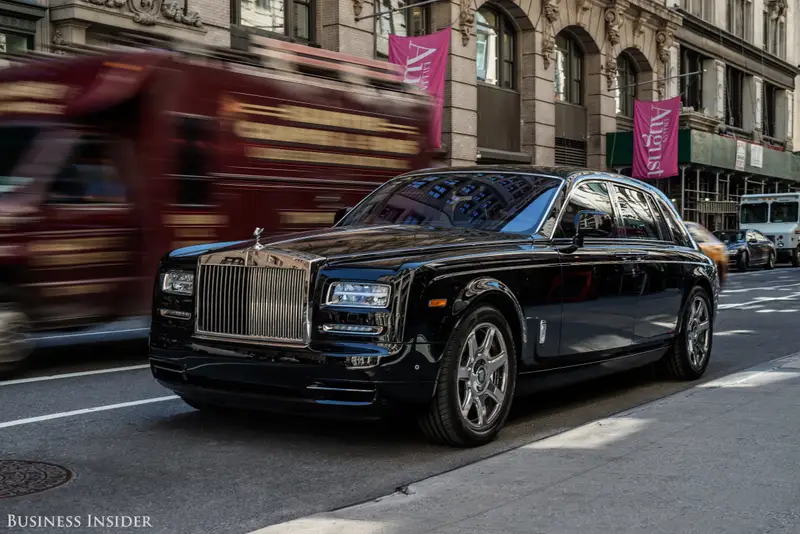
The Rolls-Royce Phantom VII. Provided by Business Insider.
After a long pause, the Phantom name came back under BMW. The VII looked every inch a Rolls-Royce but had modern underpinnings: aluminum construction, electronic systems, and bespoke interiors that could be tailored endlessly. Some critics worried it would lose its British identity, but in practice, the BMW era gave the Phantom reliability it hadn’t always enjoyed.
Phantom VIII (2017–Present)
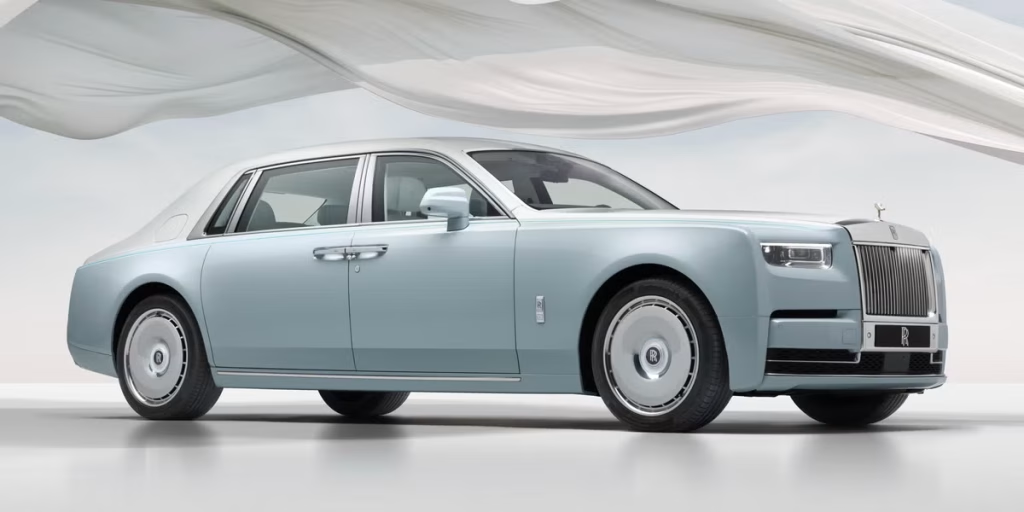
The Rolls-Royce Phantom VIII. Provided by Car & Driver.
The current Phantom continues the blend of tradition and technology. It rides on a new aluminum spaceframe, uses advanced suspension, and is so well insulated that it’s often described as silent at speed. For 2025, Rolls-Royce is adding small commemorative details to mark the centenary.
Marking 100 Years
This year, Rolls-Royce displayed all eight Phantom generations together at Pebble Beach and Goodwood. Seeing the cars lined up is striking: design trends clearly shift from decade to decade, but the silhouette and presence remain recognizable.
Cultural Notes
The Phantom has never just been a car for the road. It has shown up in state parades, in films, and in music culture. Lennon’s car is one story, Keith Moon’s alleged Phantom-in-a-pool incident is another. Whether true or not, the myths stick.
Looking Ahead
With Rolls-Royce now producing the electric Spectre, there’s open speculation about the Phantom’s future. Will it follow suit? Or will the company keep it as the last word in traditional engines? Nobody outside the company knows for sure. What’s certain is that the Phantom name will carry weight well into the next century.
Final Thoughts
Finding a Phantom for sale is unusual, but it does happen. Auctions occasionally see them appear, sometimes older models in need of restoration, sometimes well-kept examples from private collections. At AutoBidMaster, we see a range of luxury cars pass through, each with its own backstory. The Phantom stands apart because it represents not just comfort but a full century of design and prestige.
- Buying Salvage Cars in New Jersey: A Guide - January 2, 2026
- Christmas Cars That Stole the Show in Holiday Movies - December 22, 2025
- Auction Rules and Buying Tips for Georgia - December 18, 2025